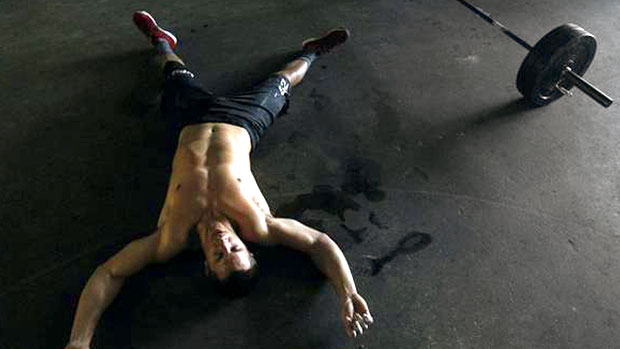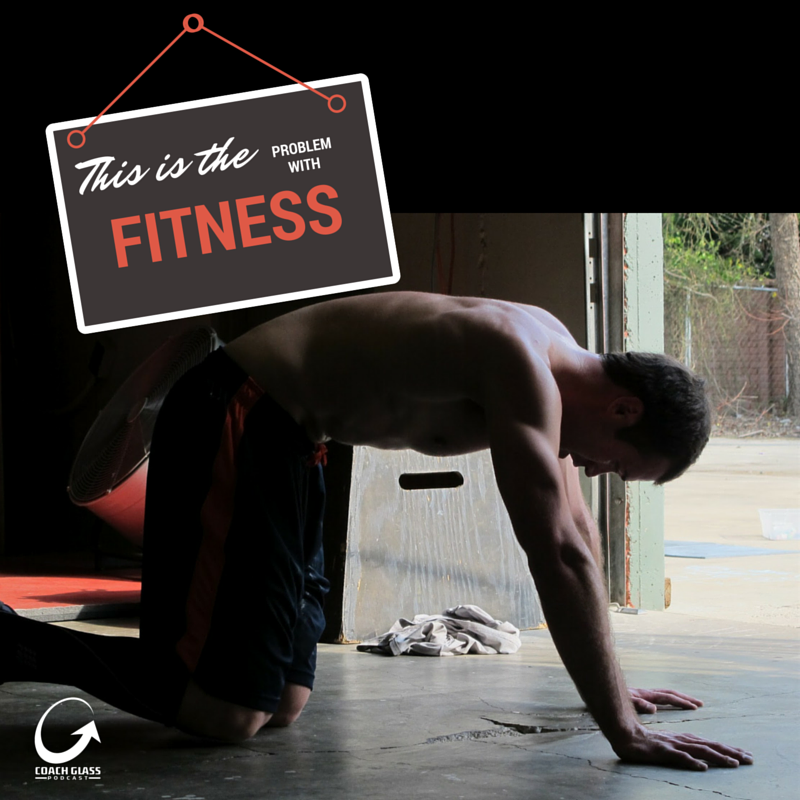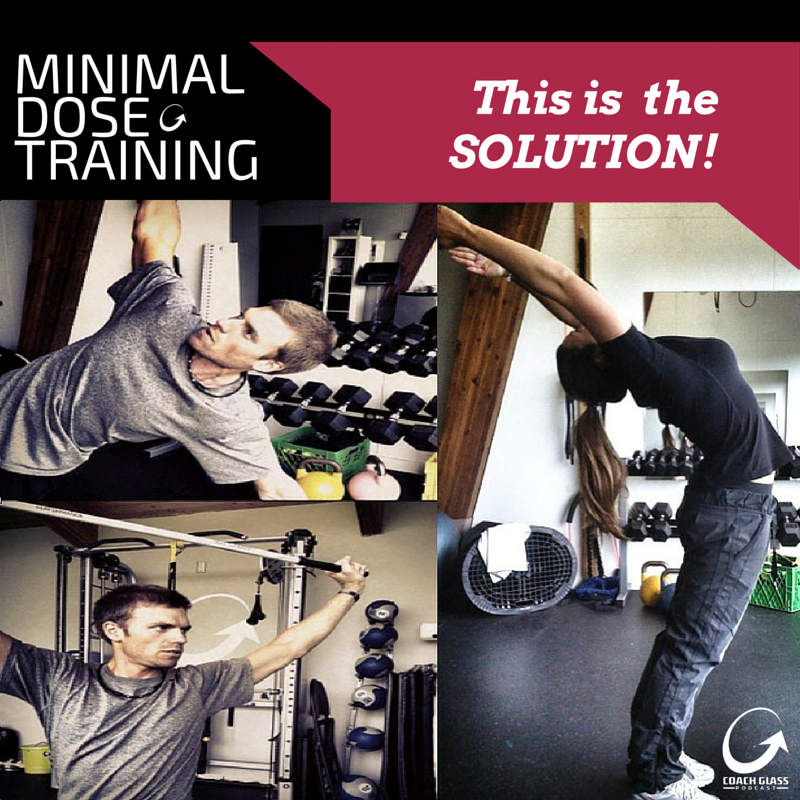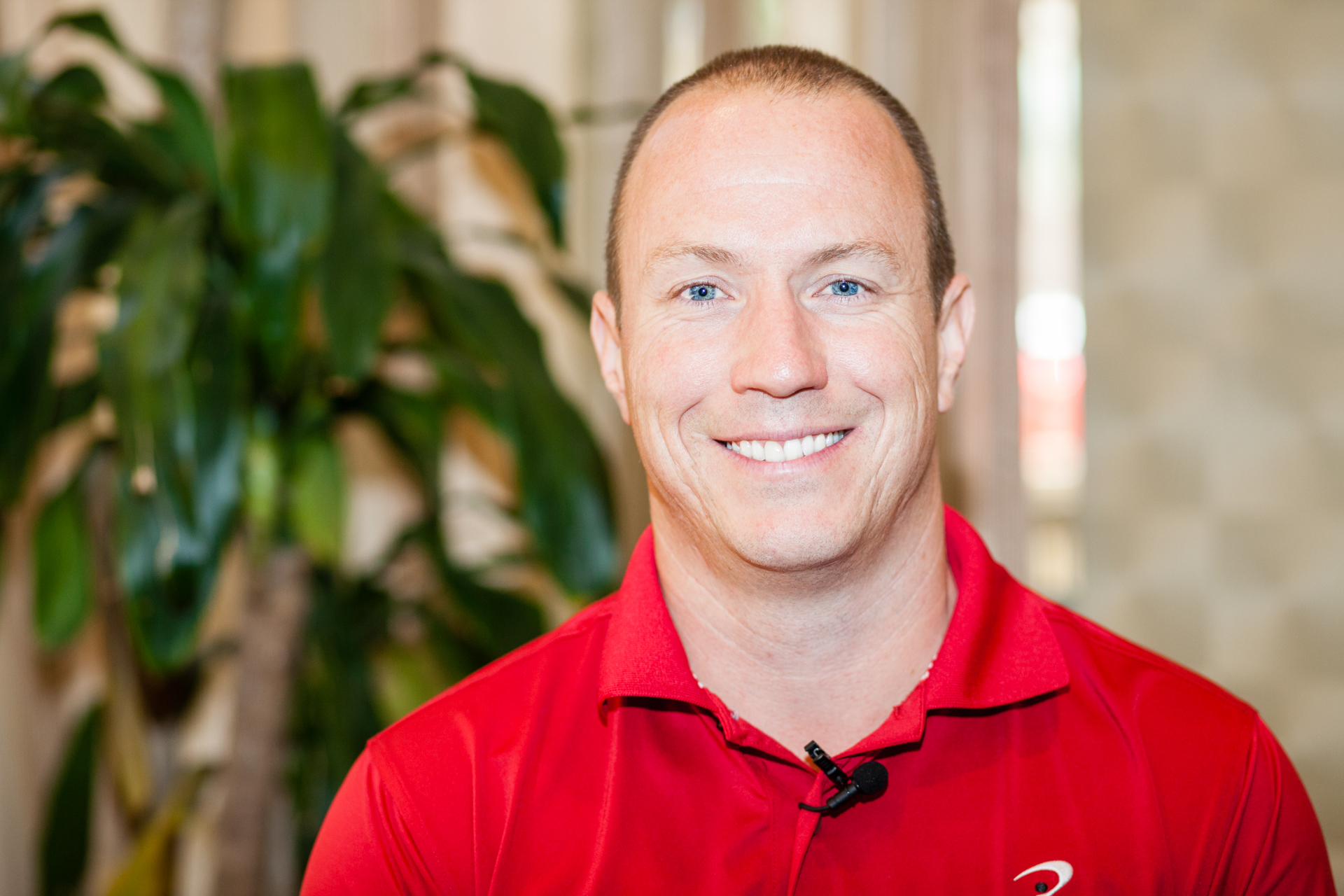IMPROVE MY GAME
Articles
Minimal Dose, Maximum Effectiveness

Jason Glass is a featured speaker at the 2016 World Golf Fitness Summit. The following article is a preview of his upcoming presentation in October in which he will discuss the importance of prioritizing the elements of training that yield the biggest returns while avoiding toxic movements that come at a high cost of recovery.
The biggest problem I come across in the fitness industry is this notion that you need to crush your client with killer workouts that have them crawling out of your gym in a puddle of sweat. “Wow that was a great workout! I couldn’t sit down for 3 days!” That is 3 days that your athlete can’t practice their sport skill or play their game at the an optimal level.
I thought my friend and past podcast guest Eric Cressey said it well here:
To truly benefit from in-season training, you have to realize that it isn't about leaving the weight room exhausted after each session.
— Eric Cressey (@EricCressey) March 9, 2014

Many of us get stuck in the rut of coaching in a manner based on what we had success with in the past. You might get a positive result but what are the side effects? Can too many intensive exercises become toxic? What if there was a better way? What if there was a system that involved you doing less and getting more out of your athletes? A systematic approach to deconstruct the student’s needs and deliver the appropriate exercise dose with minimal side effects. What if doing less cardio, less lifting and less time in the gym resulted in more strength gains, more fat loss, better results in your sport? Take the time to really look at what you do in your training session, and create 3 buckets.
- Bucket 1: Elements that produce results.
- Bucket 2: Elements that you perform because you always did them and you assume they create results.
- Bucket 3: Elements you know are doing nothing but you enjoy the exercises because they are fun or make you feel good while you perform them.

Now take out Bucket 2 and 3 and see what you are left with. See what elements are left and determine whether or not Bucket 1 by itself will produce the results you are looking for or do you need to add some new elements to create a complete program.
The trick is delivering exactly what the client needs using the minimal load and stress onthe body. When my athletes leave their session, not only can they play their sport that moment but actually perform it at a higher level then when they are fresh and rested!
Now don’t think for a minute that my athletes don’t get a good workout. They will complete their dynamic warm up, high threshold activation elements, metabolic capacity, strength and power component and finally finish with some refined movement training. I just take out all the fluff!
There is a time and place to test your athletes' grit, work ethic and resiliency. Just not on a daily basis. Save that workout for test day to determine if you are accomplishing all the desired attributes that you are working toward in your programming. If you try to kill your athletes everyday they likely won't recover appropriately. Training fatigued athletes invites poor results and, possibly, injury.
At the end of the day it is about your athlete performing on the course, court or field of battle. Not the gym! Minimal Dose Training is the Next Level of human performance training.Training & Recovery: Quality & quantity of BOTH are essential to achieve optimal performance. pic.twitter.com/jOiglE5lZC
— Brandon Marcello PhD (@bmarcello13) February 11, 2014

Jason Glass BHK, CSCS, TPI Advisory Board @jasonglasslab Host of the Coach Glass Podcast on iTunes Website: http://www.jasonglassperformancelab.com/
